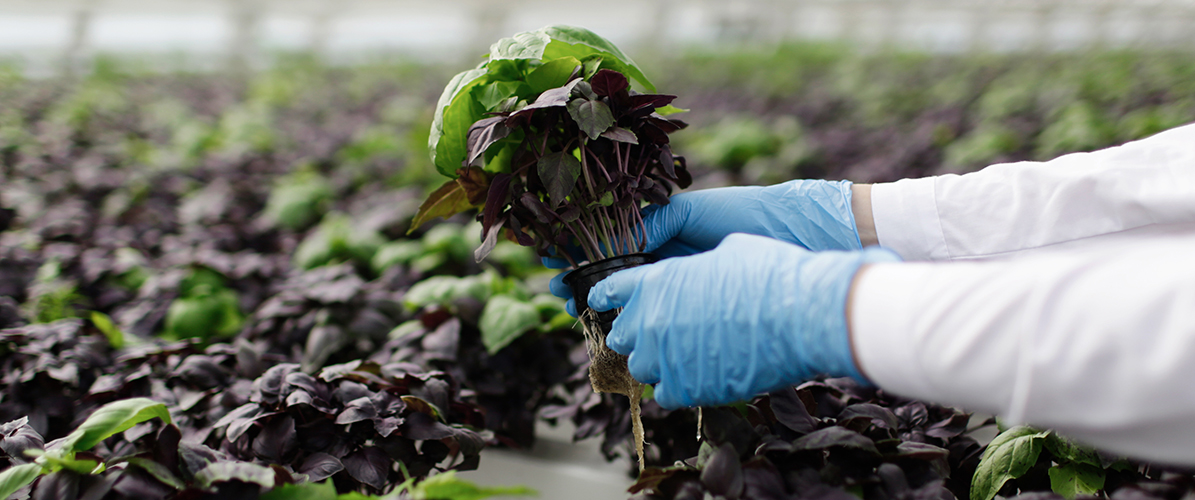FSANZ reviewing applicability of Food Standards Code to new plant breeding techniques
Food produced using gene technology cannot be sold or used as an ingredient unless it has been assessed and listed under Schedule 26 to the Food Standards Code. This provision relies on a definition of ‘gene technology’ that refers to techniques which insert new pieces of DNA into a genome, producing what is commonly referred to as a genetically modified (GM) organism.
Since the Code’s standards around food produced using gene technology were first developed nearly 20 years ago, new techniques have been developed and applied in plant breeding. These include:
- techniques where the plant genome contains new data (such as taking DNA from an insect-resistant bacterium and inserting it into an apple to create insect-resistant fruit);
- techniques where high-quality plants with added genes (GM plants) are cross-bred with regular plants with desirable traits to produce high-quality varieties with both added genes and desirable traits, then taking progeny from those cross-bred varieties which do not inherit the added genes from the GM plants and only retain the high quality and desirable traits; and
- techniques which delete or edit DNA without adding new DNA.
Food Standards Australia New Zealand (FSANZ) is now reviewing the Code and its applicability to these new techniques to consider whether food derived from these techniques should be captured for pre-market approval, and whether the current definitions around food produced using gene technology need to be changed to provide more clarity.
FSANZ has also published a media release on the review noting that no changes to the Code are currently being proposed.
The full consultation paper on this issue can be found here. Submissions in response to this paper close on 12 April 2018.
This post contains content that has been reproduced with the permission of FSANZ.
This post appeared in the AUSVEG Weekly Update published 6 March 2018.

